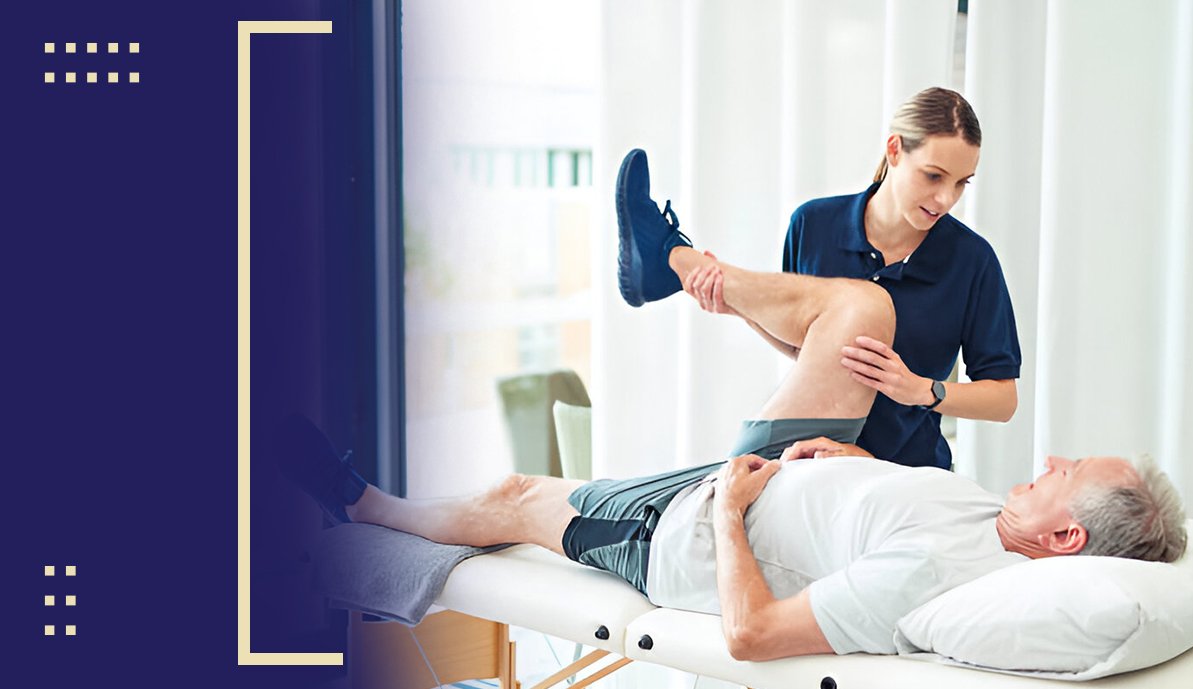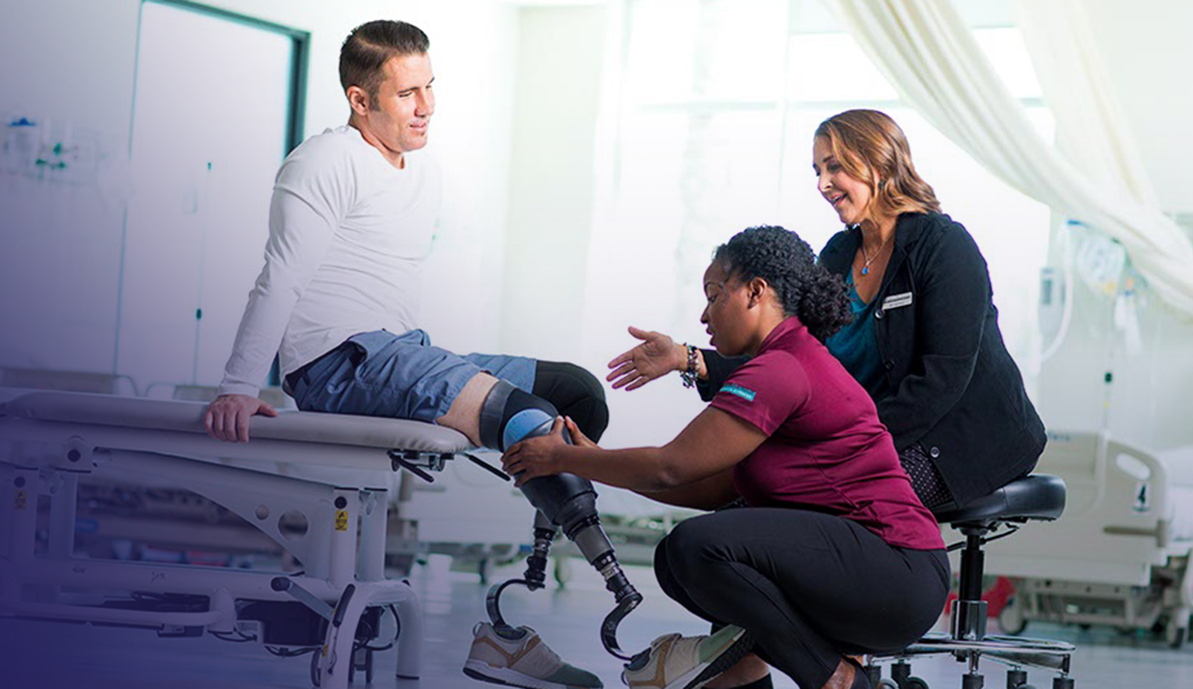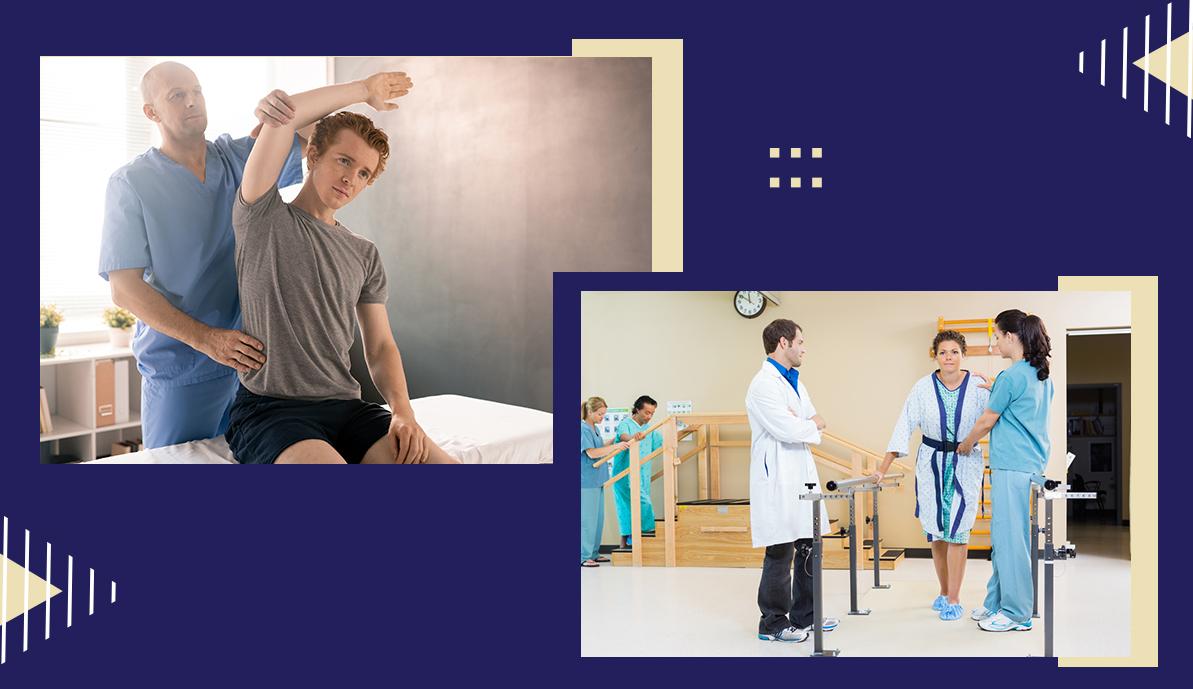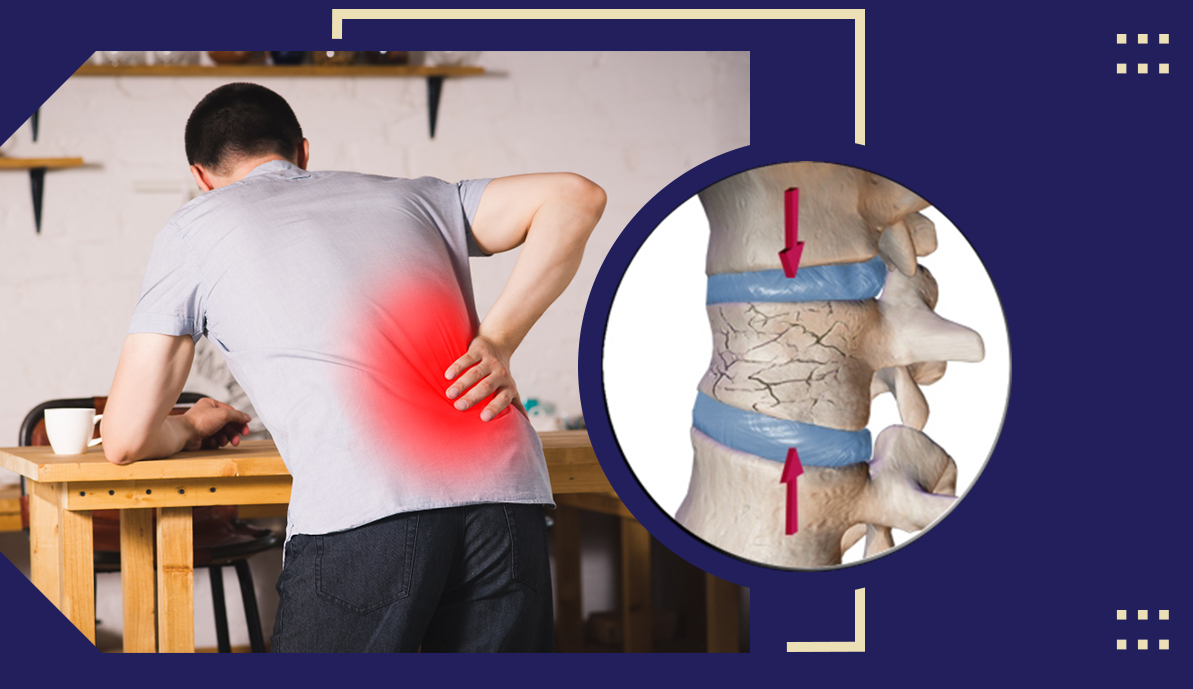
Effects and Benefits of Physical Therapy Massage
What Is a Physical Therapy Massage, and How Is It Different From the Rest?
Physical therapy massage is a set of manual techniques for relieving musculoskeletal injuries (muscle contractures or spasms, among others) usually caused by stress or bad posture.In these manipulations, effective massages are performed, sliding and lifting the muscle tissues to remove adhesions and contractures. This is one of the differences between relaxing massages and non-relaxing massages. Relaxing massages, on the other hand, tend to be gentle and less deep manipulations and techniques without lifting the tissue. It is a tendency towards extended and superficial friction techniques, which is why they do not therapeutically treat the muscle tissue.Both types of massages will have positive effects on a physiological and psychological level. Through contact and friction, an increase in circulation will help nourish the muscle. On a psychological level, it helps reduce stress, although the relaxant will never reach the structures causing it.Therefore, it is essential to emphasize that physical therapy massage is done after an adequate assessment that will indicate which structures to treat. It is one of the multiple tools that we can use for our final objective: the well-being of the patient.When is this type of massage indicated?
Physical therapy massage is a complement to physiotherapy work in the following ways:Locomotor system injuries: muscle ailments, contractures, spasms, muscle tears, tendinopathies, sprains, etc.- Post-immobilization rehabilitation.
- Treatment of scars.
- Improving postural problems.
- Peripheral neurological diseases: spasticity, paralysis.
- Psycho-emotional disorders: mental exhaustion, insomnia, stress, tension headaches, anxiety, among others.
How is it performed?
Physical therapy massage is performed manually, transferring mechanical energy from the physiotherapist's hands to the tissues of the body's areas being worked on in each case.It is essential to have the knowledge in this regard and for the therapist to know, at all times, why and with what objective he is doing this type of therapy.Massages use different techniques with different objectives. Some are more frequent, and others depend on the patient and the treatment.Rubbing
This is the technique with which any massage session begins and ends. It is the first contact that the physiotherapist has with the patient and consists of slowly sliding the hand over the skin evenly with the aim of warming the tissue that we want to work on. The pressure can also be increased so that the effect reaches deeper areas.Friction
The skin's superficial planes are mobilized on the muscle tissues, exerting controlled pressure on them using circular and elliptical movements, eliminating pain.Percussion
Light, rhythmic, and repetitive blows are applied with the hand to intensify blood circulation in the muscles.Axe
Similar to the previous one, although the blows are applied with the edge of the hand. Kneading: consists of grabbing, sliding, and lifting muscle tissue, trying to detach it and move it transversely from one side to the other, exerting pressure simultaneously, and stretching with a slight twisting movement, with the aim of achieving simultaneous compression of skin, subcutaneous tissue, and adjacent muscles.Compression
The treated area is compressed and pressed without moving the hands.Vibration
Performing static compression movements, rhythmically varying their intensity, helps stimulate blood circulation and generates a relaxing and soothing effect on the central nervous system.What Benefits Does a Physical Therapy Massage Provide for the Patient?
The benefits of physical therapy massage occur in different areas:Biomechanical: it can increase the range of mobility of the structure being treated or of the adjacent ones.Physiological: It increases temperature and circulation in the treated area, both superficially and intensely. In addition, it has an effect on the sympathetic nervous system (decreasing it) and parasympathetic nervous system (activating it).Neurological: it interferes with the alpha motor neuron, which promotes muscle relaxation in the treatment of muscle spasms.Hormonal: It interferes with the production of cortisol, decreasing its levels and, therefore, reducing stress. In addition, it increases dopamine levels, creating a feeling of tranquility and well-being in the patient.Factors to Consider
At this point, it is essential to keep in mind that in this type of massage, the patient must combine it with a healthy lifestyle (balanced diet and daily exercise) with the aim of improving the general state of the body.On the other hand, before having a therapeutic massage, you should consult with your doctor if you have any illness or acute inflammation, phlebitis, vascular fragility, skin infections or open wounds, or episodes of trauma, sprains, or bruises.Injury Assistance Network can help you with your rehabilitation. Our physiotherapists perform therapeutic massages that will help you to recover quickly. If you have any questions about this treatment, contact us, and one of our specialist doctors will clarify your doubts.Share with your friends:



